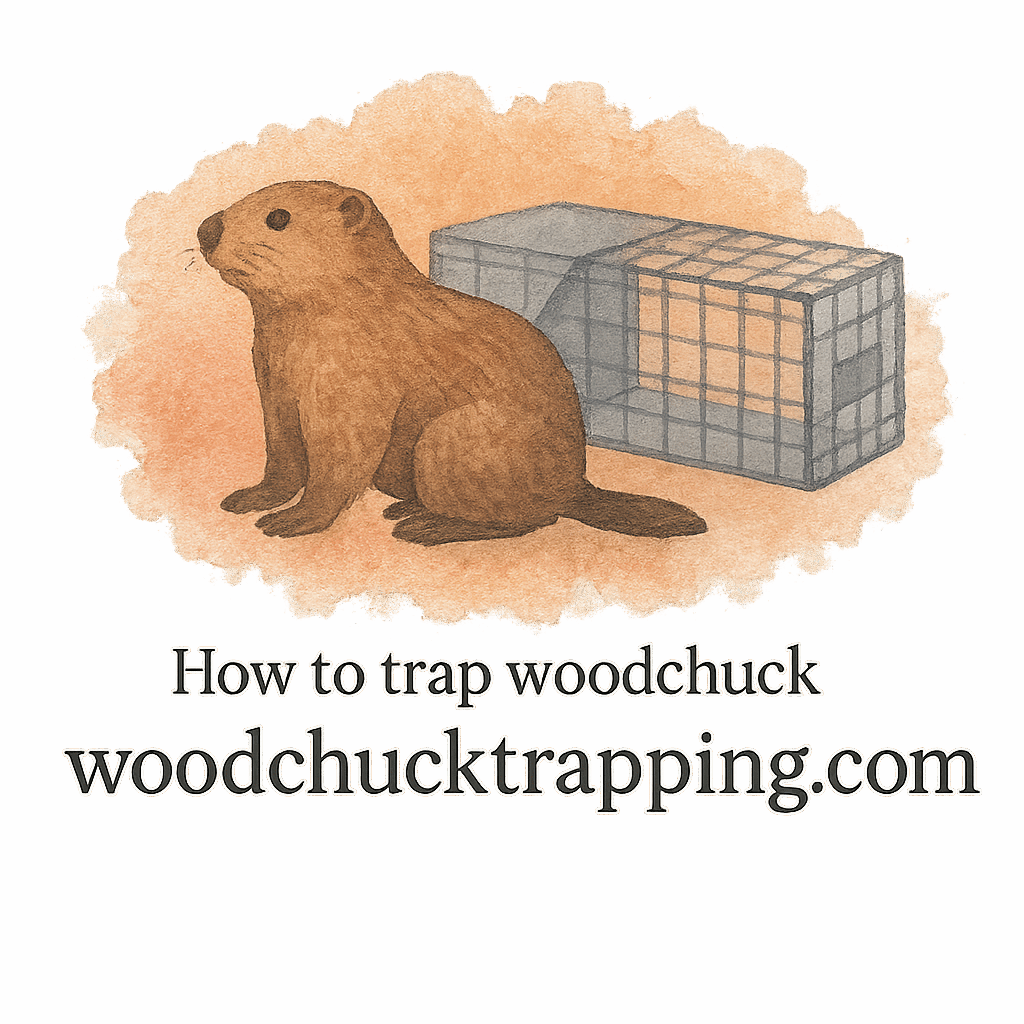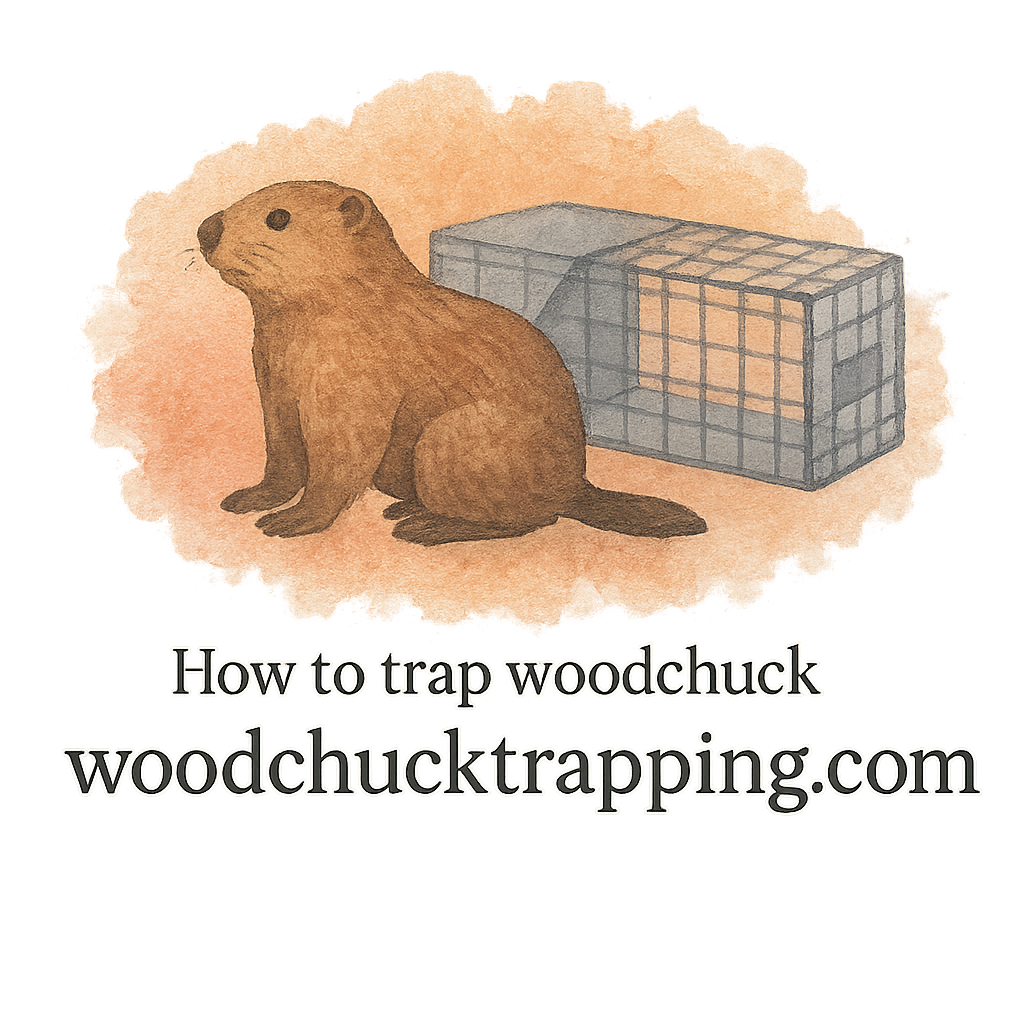Introduction
If you’ve ever dealt with a woodchuck problem in your yard, you know how tricky these little diggers can be. They might look cute, but when they start tunneling under your garden or tearing up your lawn, the damage adds up fast. That’s where humane woodchuck trapping techniques come into play. Instead of harming the animal, these methods focus on safe removal while keeping your yard intact. Today, I’ll share the 7 biggest lessons I’ve learned from humane woodchuck trapping, so you can handle these critters with confidence and care.
Understanding Humane Woodchuck Trapping
Before diving into the lessons, let’s clear up what “humane” really means in this context.
What Makes Trapping Humane?
Humane trapping means catching woodchucks without causing unnecessary harm. The goal is to secure them safely in a trap designed for comfort and minimal stress. Humane methods often include using compact traps, applying the right bait and lure, and ensuring you follow safety protocols.
Why Humane Methods Matter
Not only is it the ethical choice, but humane methods also reduce legal risks and ensure your trap is effective long term. Plus, in many regions, laws require humane trapping practices.
Lesson 1: Recognizing the Signs of a Woodchuck Infestation
Burrows and Yard Damage
The first clue you have a woodchuck problem? Burrows. Look for deep holes with piles of dirt nearby. These are entrances to their tunnels, which can weaken your yard’s foundation. If you’ve noticed unusual yard damage, there’s a good chance a woodchuck is behind it.
Subtle Signs Most People Miss
Beyond burrows, keep an eye out for chewed plants, gnawed wood, and trampled garden beds. These small details are often overlooked, but they’re clear signs of a woodchuck infestation.
Lesson 2: Choosing the Right Trapping Equipment
Compact Traps for Small Yards
Not every yard has the space for large traps. That’s where compact traps shine. They’re effective even in minimal space, making them a go-to option for suburban settings.
Gloves and Safety Gear
When trapping, gloves aren’t just for protection—they also mask your scent, making your trap more appealing. Pair them with basic safety gear to avoid injuries.
Equipment Reviews and Comparisons
Don’t just grab the first trap you see. Check out detailed equipment reviews before buying. The right tools can make or break your success.
Lesson 3: The Power of Baiting and Luring
Best Baits and Scents
Woodchucks are picky eaters, but they can’t resist fresh veggies and fruits. Add a little extra appeal with scent bait for better results.
How Lures Influence Trap Success
A carefully chosen lure can double your trapping success. For example, using food they naturally seek out in your garden makes them far more likely to investigate. Learn more in the full baiting and luring guide.
Lesson 4: Applying Proper Trapping Techniques
Placement Strategies
Even the best trap won’t work if it’s in the wrong place. Position it near burrows, along travel paths, or near the damage sites you’ve spotted. For a deeper dive, check out proven trapping techniques.
Handling a Trapped Animal Safely
Once caught, always treat the animal with respect. Use proper handling techniques and avoid direct contact. This keeps both you and the woodchuck safe.

Lesson 5: Legal and Safety Considerations
Knowing Local Laws
Before setting any trap, research your area’s regulations. Many states have specific guidelines for how to trap woodchucks humanely. Review the latest laws and safety tips to stay compliant.
Protecting Yourself and the Animal
Always think safety first. From wearing gloves to using humane trap gear, protecting yourself ensures you can relocate the trapped animal without unnecessary risks.
Lesson 6: Preventing Future Yard Damage
Blocking Access to Burrows
Once a woodchuck is removed, close off their tunnels. Reinforce with wire mesh or soil to keep them from coming back.
Long-Term Prevention Tips
Consider fencing, repellents, or habitat adjustments to discourage woodchucks permanently. For a full guide on prevention and damage control, check out expert recommendations.
Lesson 7: The Importance of Patience and Observation
Learning from Each Attempt
Trapping isn’t always a one-and-done process. Sometimes it takes multiple tries. Each attempt teaches you more about trapping essentials and the animal’s habits.
Building Better Trapping Habits
With every lesson, you refine your strategy—better placement, smarter baiting, improved observation. Over time, you’ll master humane trapping techniques like a pro.
Key Takeaways from Humane Trapping
Humane woodchuck trapping is about more than just removing a nuisance—it’s about respect, safety, and smart prevention. By recognizing signs early, choosing the right equipment, applying proper baiting, and respecting legal boundaries, you can protect your yard and the animal at the same time.
Conclusion
At the end of the day, humane woodchuck trapping isn’t just effective—it’s the responsible approach. By following these 7 lessons, you’ll not only handle infestations more smoothly but also keep your conscience clear. Think of it as a partnership: you protect your yard, and the woodchuck gets a fair chance at survival elsewhere.
FAQs
1. What is the most humane way to trap a woodchuck?
The most humane way is using a live trap designed for humane handling, paired with proper bait and safe relocation practices.
2. What bait works best for trapping woodchucks?
Fresh fruits and vegetables are great options. Check out the full baiting and luring guide for expert picks.
3. Are woodchucks dangerous to humans?
Generally, no. But they can bite if threatened, which is why safety gear is important.
4. Can I trap woodchucks without professional help?
Yes, with the right equipment and knowledge, DIY trapping is possible.
5. What should I do after catching a woodchuck?
Follow handling guidelines and relocate the animal legally and safely.
6. How do I stop woodchucks from coming back?
Use fencing, fill burrows, and apply prevention tips to secure your yard.
7. Are there laws about trapping woodchucks?
Yes, and they vary by location. Always check your local laws and safety rules before trapping.


